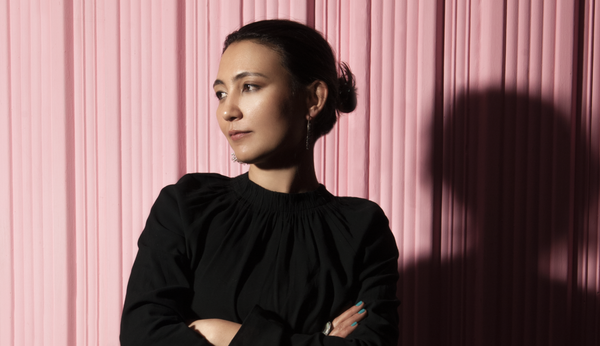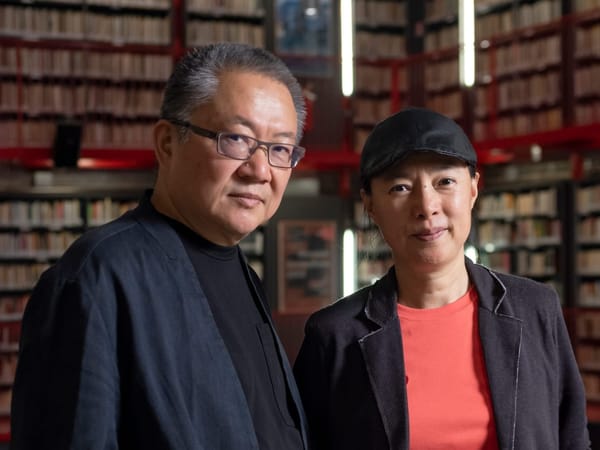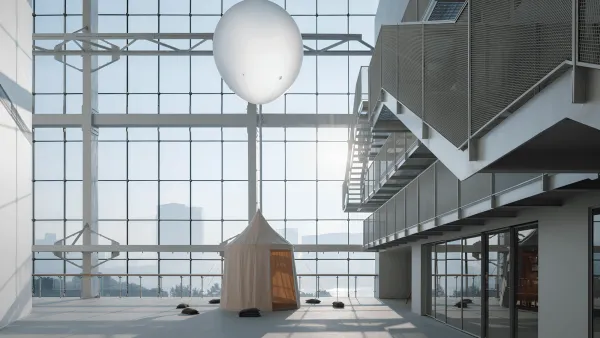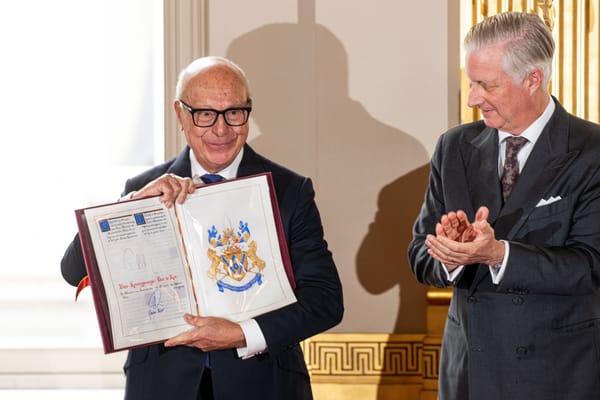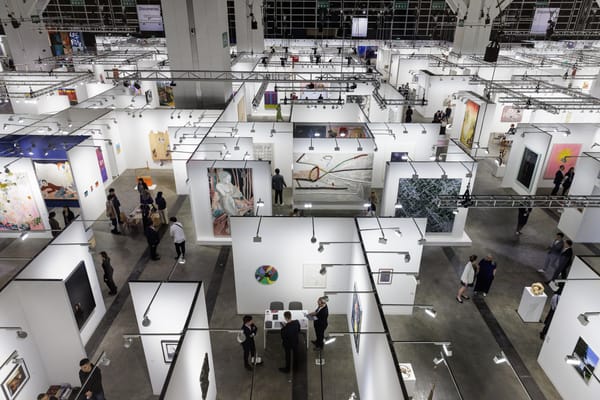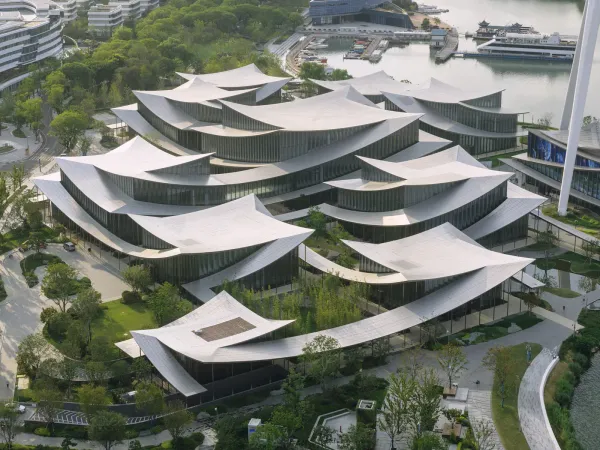News
Korean Art’s Representation at the Venice Biennale
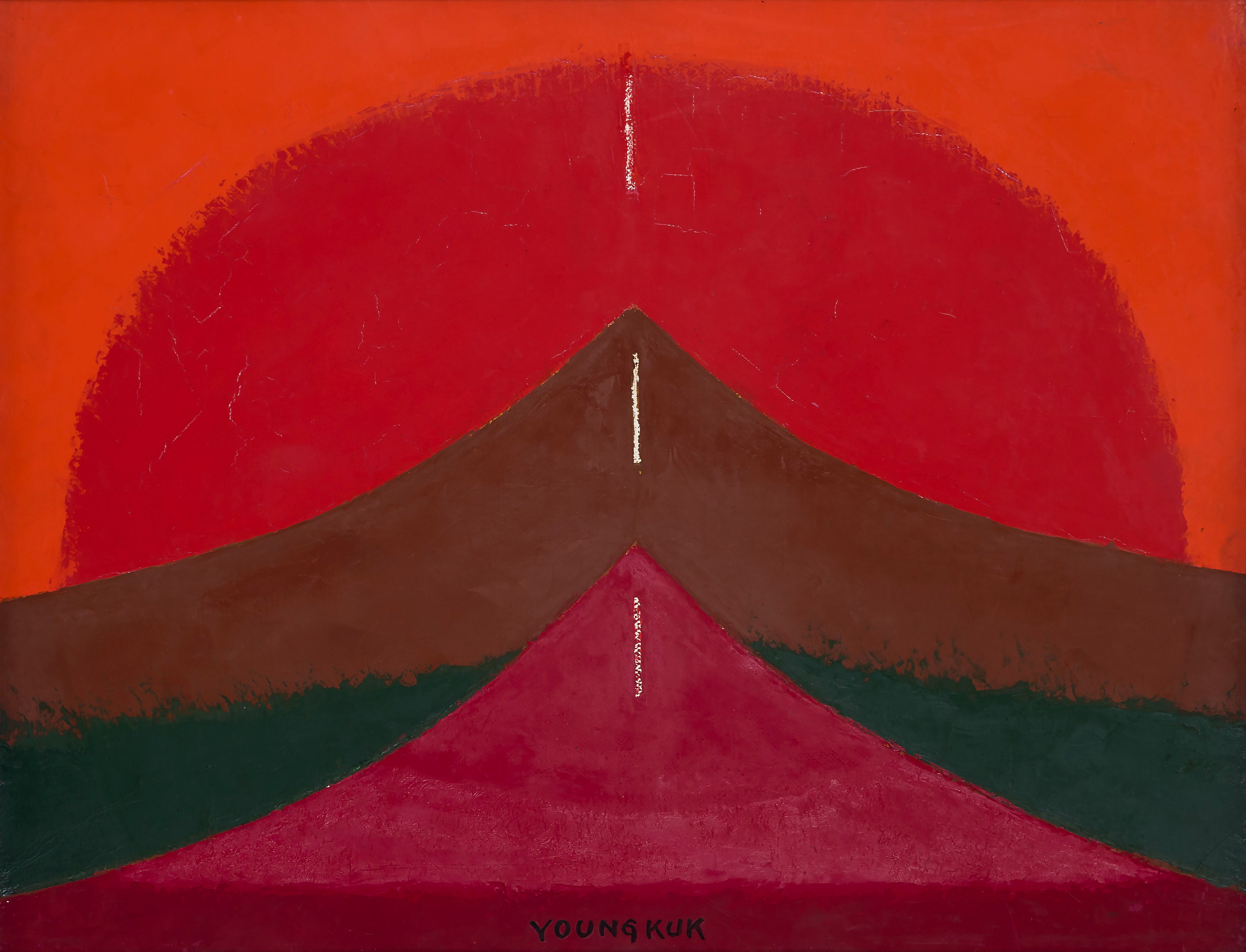

The 60th Venice Biennale’s International Art Exhibition is set to host a wide array of Korean art, with a total of 50 artists from the country participating. Many collateral events will run in parallel to the Korean Pavilion’s presentation, which will feature national representative Koo Jeong A’s “Odorama Cities.” On January 31, at a joint press conference led by Arts Council Korea (ARKO) and the commissioner of the Korean Pavilion, attendees shared their extensive plans for the Biennale this coming April.
The works of Korean geometric abstract painter Yoo Youngkuk (1916–2002) will be shown in the exhibition “A Journey to the Infinite: Yoo Youngkuk,” curated by Kim Inhye, Held across the first, second, and third floors of the historic Fondazione Querini Stampalia, the presentation will mark the artist’s first solo show in Europe, mostly comprising archival materials from the 1960s and 1970s and a variety of artworks, including 30 large oil paintings and 20 copper prints, as well as a collection of photographs. In the museum library, there will also be documents and ephemera from the Yoo Youngkuk archives that provide insight into the life and practice of one of Korea’s most influential artists of the 20th century.
With the support of the Seundja Rhee Foundation and Gallery Hyundai, the Korean Research Institute of Contemporary Art (KoRICA) will present “Seundja Rhee: Towards the Antipodes” at Spazio ArteNova in Venice’s Castello area. Curated by the former National Museum of Modern and Contemporary Art, Korea (MMCA) director Bartomeu Mari, the exhibition will showcase the nearly 20 paintings by Seundja Rhee (1918– 2009) from 1959 though to 2008. The only female artist of her generation to spearhead Korean abstract art alongside Kim Whanki and Yoo, Rhee emigrated to France in 1951 and proceeded to spend more than half of her life there, creating works that integrate the East Asian theory of yin and yang and the five elements that make up the universe (Eumyangohaeng) with Western painting sensibilities.
The Gwangju Biennale will commemorate its 30th anniversary with the collateral exhibition “Madang: Where We Become Us” at Il Giardino Bianco Art Space two days ahead of the Venice Biennale. The presentation will be split into three sections: the first will include a comprehensive overview of all 14 editions of the Gwangju Biennale, including its art director and curatorial team, the exhibition theme, list of participating artists, a map of Gwangju Metropolitan City where the biennale was held, and a screening of their documentary Gwangju Biennale, 30 Years of Perspective. The second part of the exhibit will display the works of video artists Kim Sil-bi, Jeon So-jeong, and digital artist Kim A-young, who have previously participated in the Gwangju Biennale. Lastly, the third section will unveil archives of Asia’s longest running biennales.
The ARKO Art Center will also celebrate the 30th anniversary of the Korean Pavilion through its exhibition “Every Island Is a Mountain.” It will open at Ordine di Malta, showing archival materials and the works of 38 artists featured at the Korean Pavilion from 1995 to 2022. Director of the ARKO Art Center Lim Geun-hye curated the exhibition.
As part of the main exhibition of the Venice Biennale, four additional Korean artists such as sculptor Kim Yun-shin, multidisciplinary artist Lee Kang-seung, and the late painters Chang Woo-soung (1913–65) and Lee Qoe-de (1912–2005) will have their works on view as well.
Camilla Alvarez-Chow is an editorial assistant at ArtAsiaPacific.
